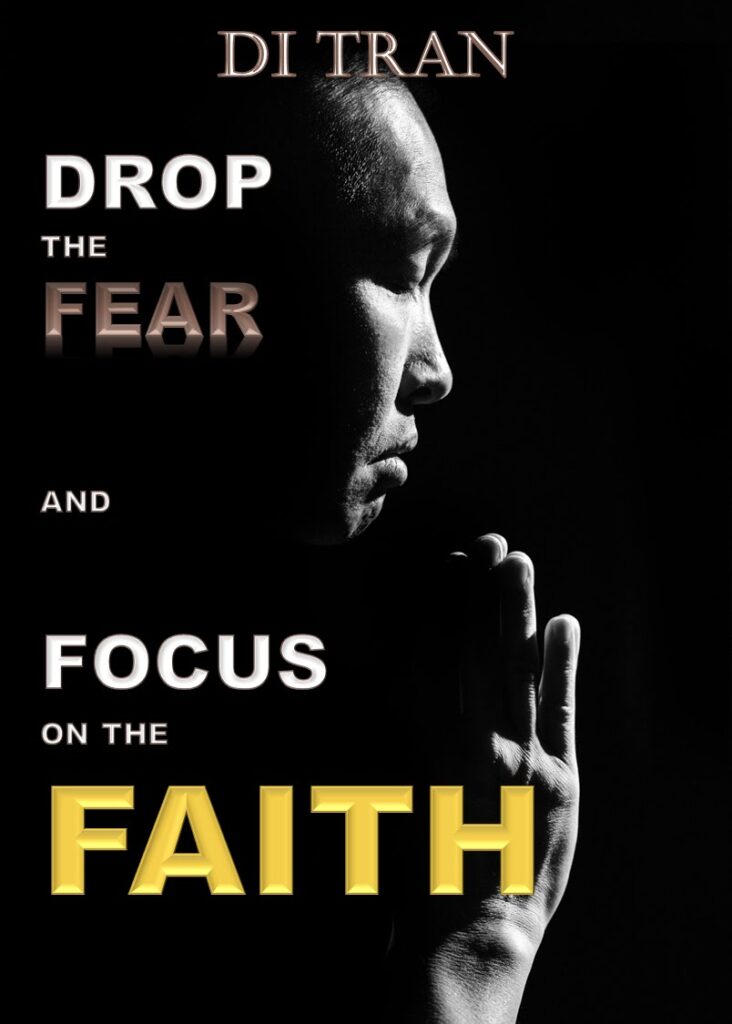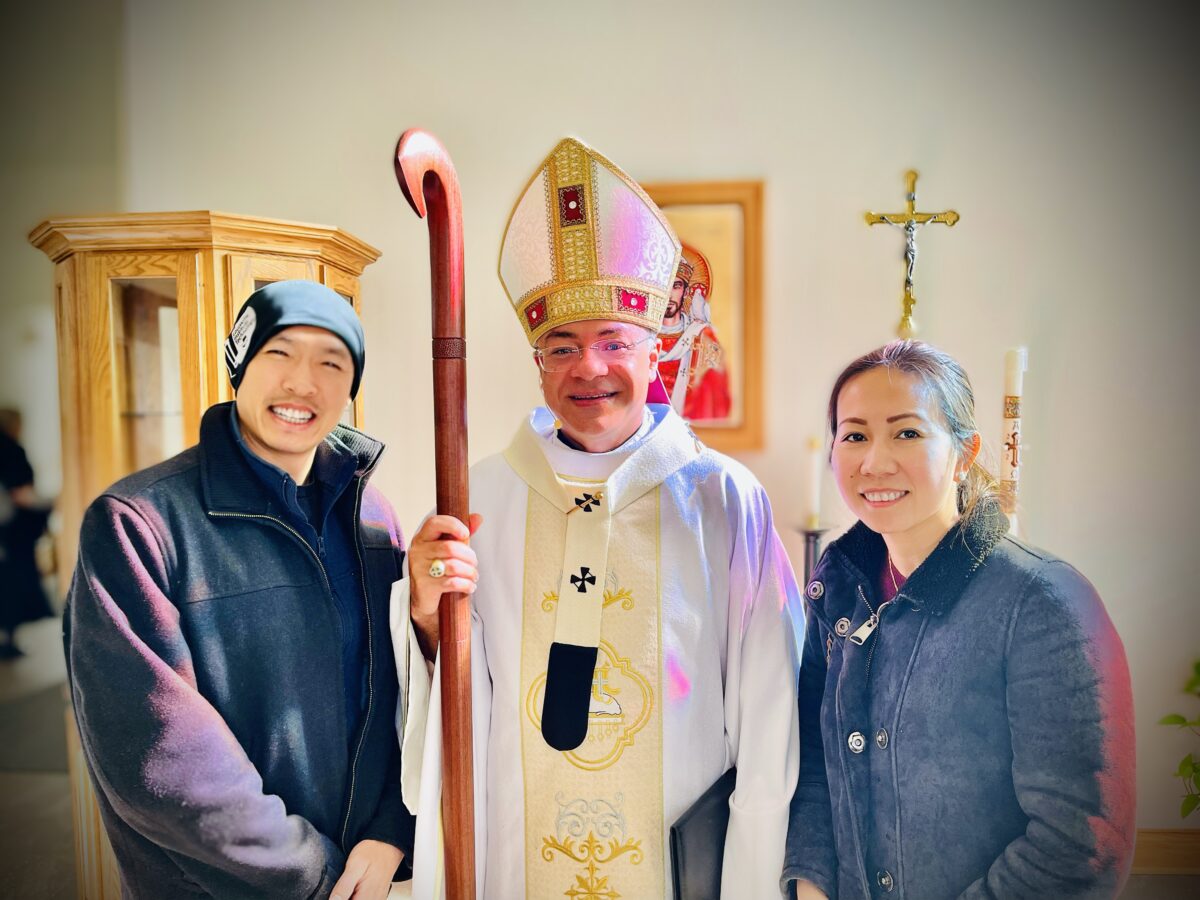In the Catholic Church, the priesthood is an ordained ministry that provides spiritual guidance and sacramental support to the faithful. Here is a list of the ranks in the priesthood, in ascending order:
- Deacon: To become a deacon, a man must first be a baptized and confirmed Catholic. He must then express a desire to serve in the diaconate, undergo formation and discernment, and be approved by his bishop. The formation process typically involves several years of academic study, spiritual development, and practical training. Once ordained, deacons serve in a variety of roles, including preaching, administering the sacrament of baptism, and performing charitable work.
- Priest: To become a priest, a man must first be a deacon, although some men enter directly into the seminary from lay life. Like those aspiring to the diaconate, men pursuing the priesthood must undergo formation and discernment, be approved by their bishop, and be ordained. The formation process for priests is typically more extensive than for deacons, including deeper studies in theology, philosophy, and pastoral ministry.
- Bishop: To become a bishop, a priest must first demonstrate a strong commitment to the Church and a high level of pastoral and theological expertise. He must also be approved by the Pope and receive the consensus of his fellow bishops. The process of becoming a bishop involves extensive consultation and evaluation, and the man selected must demonstrate exceptional leadership, spiritual depth, and a willingness to serve the Church.
- Archbishop: An archbishop is simply a bishop who heads an archdiocese, which is a particular church with a specific geographical jurisdiction. To become an archbishop, a bishop must first demonstrate a successful record of leadership and pastoral service in his diocese, and then be appointed by the Pope to lead the archdiocese.
- Cardinal: Cardinals are members of the College of Cardinals, which is a group of senior church leaders who advise the Pope and play a key role in electing a new Pope when the need arises. To become a cardinal, a bishop must be appointed by the Pope and receive the consensus of the College of Cardinals.
- Pope: The Pope is the Bishop of Rome and the leader of the worldwide Catholic Church. To become Pope, one must first be a bishop, although not necessarily a cardinal. When the Pope dies or resigns, the College of Cardinals meets in a process known as a conclave to elect a new Pope. The election is based on the qualities of the candidates, the needs of the Church, and the guidance of the Holy Spirit. The man elected Pope must then be approved by a two-thirds majority of the College of Cardinals.
It’s worth noting that not all priests become bishops, and not all bishops become cardinals. The appointment to each rank is made by the Pope and is based on a variety of factors, including experience, leadership skills, and the needs of the Church.
Drop the FEAR and Focus on the FAITH
In conclusion, the priesthood is a noble and demanding form of community service that requires both dedication and courage. It is a calling to serve the Church and the people of God with love, compassion, and spiritual guidance. This calling is not for the faint of heart, as it requires a deep commitment to serving others and a willingness to sacrifice personal interests for the greater good. However, for those who are called to the priesthood, it can be an incredibly rewarding and fulfilling vocation that brings joy and meaning to their lives.

This message is in line with the teachings of Di Tran in his book “Drop the FEAR and Focus on the FAITh.” Tran encourages readers to overcome their fears and to trust in God’s plan for their lives. He reminds us that with faith, we can overcome any obstacle and live a life of purpose and fulfillment. For those considering the priesthood, this message is particularly relevant. The priesthood can be a challenging path, but with faith and a commitment to serving others, it can also be a source of great joy and satisfaction. By focusing on the faith and letting go of fear, those called to the priesthood can confidently answer the call and make a positive impact on the world.

